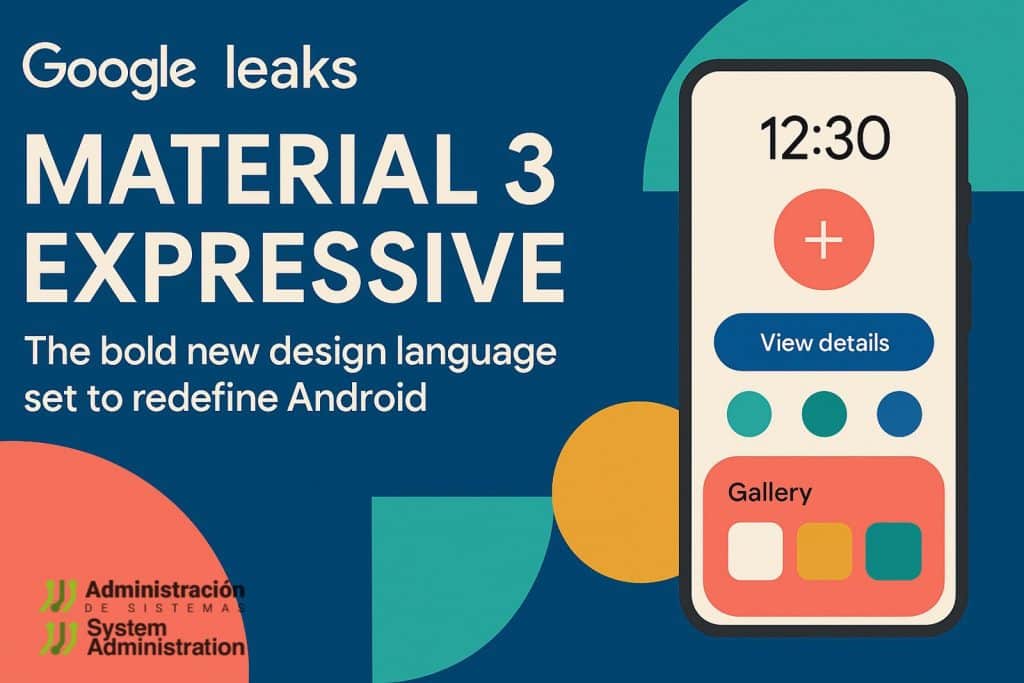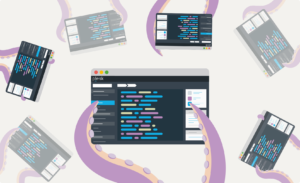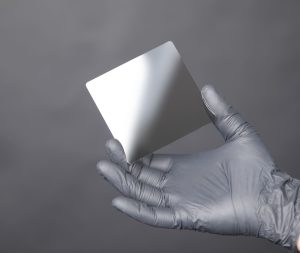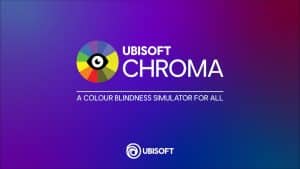Backed by user research and eye-tracking data, Material 3 Expressive aims to deliver a more emotional, efficient, and visually engaging Android experience.
Google has unintentionally revealed Material 3 Expressive, a major revamp of its Android design language, ahead of its official unveiling at Google I/O 2025. Although the leak was quickly pulled offline, archives and tech outlets preserved the details—unveiling what could be the most thoroughly researched design update in Android’s history.
First introduced in 2014, Material Design has served as Google’s core design framework, defining the look and feel of Android apps, visuals, interactions, and motion. While its adoption varies across device manufacturers due to custom UI skins, its influence remains pivotal in app development and user experience design.
What Is Material 3 Expressive?
According to the leaked information, Material 3 Expressive represents a fundamental shift in how Android looks and feels. It’s not just about brighter colors or new buttons—this is a data-driven evolution with usability at its core.
Google describes it as the result of years of design experimentation and the most user-tested design system the company has ever developed. The initiative involved:
- 46 independent studies
- Hundreds of sample UI designs
- Over 18,000 participants
Researchers used eye-tracking technology, emotional response surveys, usability testing, and live experiments to measure how quickly users could identify and act on key interface elements.
Key Design Enhancements
Early images of Material 3 Expressive highlight a more vibrant and dynamic UI with:
- Floating toolbars for better spatial organization
- Larger, easier-to-tap buttons positioned for intuitive access
- Bold shapes and expressive colors designed not just to stand out, but to guide focus
Critically, this design is not just aesthetic—it’s performance-driven. Internal data suggests the new UI reduces the time it takes users to recognize and interact with key interface elements by up to 4× compared to previous versions.
Google is now encouraging developers to move beyond “clean and minimal” interfaces in favor of more emotionally resonant, human-centered design.
Beyond Google Apps: A Design Toolkit for Everyone
Material 3 Expressive isn’t limited to Google’s own apps or Pixel devices. Google will be releasing the design framework to app developers and OEMs alike. However, as past iterations have shown, real-world adoption can vary widely across manufacturers—many of whom prefer their own UI styles and visual languages.
Nevertheless, this new approach may prove more appealing and functional enough to inspire broader adoption, particularly if it improves user engagement and app discoverability.
Will It Launch with Android 16?
While the official rollout timeline remains unclear, Google is expected to unveil Material 3 Expressive at Google I/O 2025, taking place May 20–21 at the Shoreline Amphitheatre in Mountain View, California.
It’s still uncertain whether the design system will debut with Android 16 or roll out incrementally through Google’s apps and developer tools. Other experimental features—like the much-rumored Android desktop mode—could also surface during the event.
A More Expressive, Intuitive Android
Material 3 Expressive marks a significant philosophical shift: rather than focusing solely on minimalism or system uniformity, it embraces emotion, clarity, and speed. With vibrant visuals paired with deep usability research, Google is betting on a design approach that connects with users on a deeper level—both emotionally and functionally.
If successful, it could not only redefine Android’s visual identity but also offer developers new ways to build faster, more engaging, and more human apps—from smartphones to foldables and beyond.












